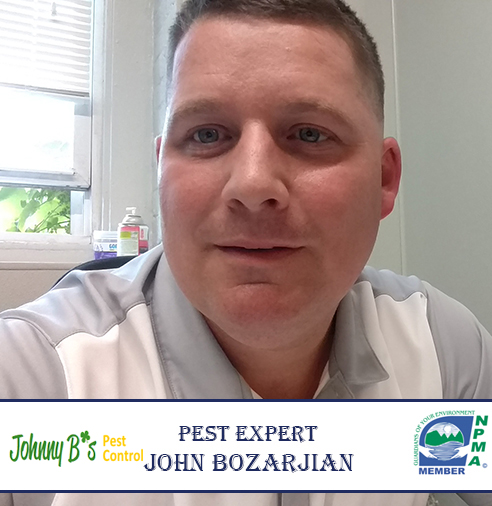According to the Centers for Disease Control and Prevention, bees, wasps and hornets (which are technically wasps) are the deadliest animals in the United States. Between the years of 2001 and 2013, an average of 58 people died each year from bee and wasp stings in the United States alone. 2001 saw the fewest number of deaths from bee and wasp envenomations at 43, while 2006 saw a whopping 82 deaths. The most dangerous bee species in the United States is the Africanized honey bee, or the “killer bee,” as it is more commonly known. However, Africanized honey bees are not widely distributed in the United States, as they only inhabit a few southwestern states during the spring, summer and fall seasons. The majority of killer bee fatalities occur in Arizona, but several deaths also occur each year in New Mexico, Texas and California.
The group of wasps commonly known as “yellow jackets” are both aggressive and the most widely distributed wasp species in the US, making them the deadliest venomous insects in most regions of the country. In addition to yellow jackets, another wasp species in the US, the “European hornet”, also claims several lives each year. Much like yellow jackets, European hornets are aggressive and they nest near and on houses and other structures where humans are likely to accidentally make contact with their nests. However, European hornet stings are relatively rare, as they are not attracted to meats and sweet-tasting foods that would bring them into close proximity to picnics, barbecues and other outdoor events. The European hornet, and a few yellow jacket species, can be found in Massachusetts and other northeastern states, but another group of wasps that are not often associated with medically significant stings,“paper wasps,” are more deadly than most people realize.
Paper wasps are the deadliest insects in the northeast, with the exception of yellow jackets. In fact, paper wasp stings cause dangerous allergic reactions more often than any other venomous insect in the entire state of Texas, including killer bees. The most dangerous paper wasp species in Texas, the “European paper wasp,” was first discovered in Massachusetts during the 1970s where it’s still abundant today. Many experts claim that paper wasps are not aggressive, and will not sting unless disturbed, but others disagree. When paper wasp nests are found indoors or attached to houses, they should be professionally removed, as frequent human movements make the venomous insects defensive and apt to inflict repeated stings.
Have you ever sustained a sting from a European paper wasp?

